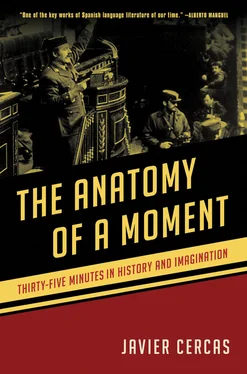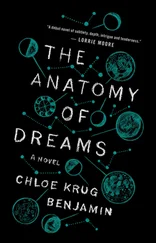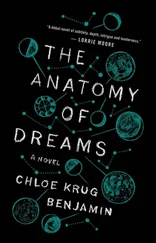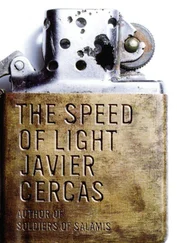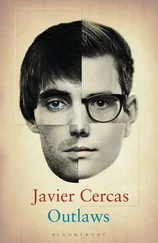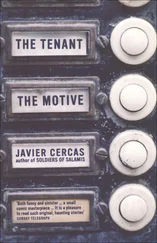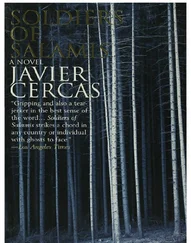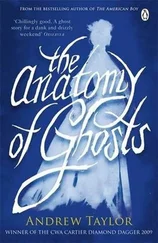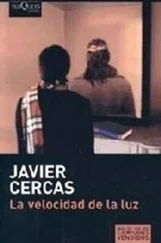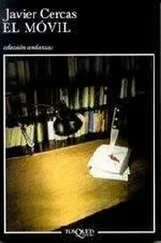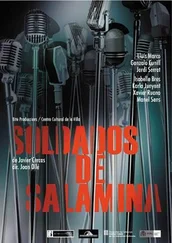They were the last words he pronounced in public. There it all ended. Then, for some years, he disappeared, shut up in his house in La Florida, and it was as if he had died. In fact, everyone began to speak of him as if he were dead. I myself have written this book as if he were dead. One day, however, he appeared again: it was 18 July 2008. That morning all the Spanish newspapers had his latest photograph on the front cover. His son Adolfo had taken it the day before, and in it Suárez appears with the King in the garden of his house in La Florida. The two men have their backs to the camera, walking beneath the sun on a recently mown lawn towards a leafy tree. The King is wearing a grey suit and his right hand is resting on Suárez’s right shoulder, with a friendly or protective air; Suárez is wearing a light-blue shirt with the sleeves rolled up, beige trousers and tan shoes. The photograph captures a moment of a visit by the King to give Suárez the chain of the Order of the Golden Fleece, the highest honour granted by the Spanish Royal Family; according to the articles, the King has also granted it to other significant figures in Spain’s recent past — among them Grand Duke Juan I of Luxembourg, Beatriz I of the Netherlands or Margarita II of Denmark — although he’s only granted it a little more than a year ago to the nonentity who helped him more than anyone to conserve the Crown, and until that day he hadn’t had time to bring it to him. The gratitude of the nation.
We know what happened in the intelligence services before 23 February and on 23 February, but what happened afterwards? What happened afterwards presents very few doubts, and can be told briefly.
There was much nervousness in CESID during the days following the coup. Rumours circulated around the organization’s headquarters about the participation of members of Major Cortina’s unit in the coup attempt; many of them pointed to the three members of the SEA (Sección Especial de Agentes) — Sergeant Sales, Corporals Monge and Moya — to Captain Gómez Iglesias, Captain García-Almenta, Major Cortina’s second-in-command, and Cortina himself; all or almost all of them came from the same source: Captain Rubio Luengo and Sergeant Rando Parra, whom on the afternoon of the coup Monge had told of his adventures as a guide for Tejero’s buses to the Cortes, seconded by Moya and Sales, on the orders of García-Almenta and, according to general inference, of Cortina. The major might have been sure of having created during his five years in command of AOME an organization as elitist, hermetic, loyal and disciplined as an order of sworn knights, but at that time he found out that some of his men had unresolved grievances against him and had decided to take advantage of the opportunity to settle them. They were the ones who went to Calderón, the service’s strongman, to denounce Cortina and the rest of the golpistas of his unit. For obvious reasons, Calderón was terrified by the idea that responsibility for what had happened on 23 February might even graze CESID (the accusations of negligence and lack of foresight were enough to deal with), so he spoke to Cortina and, after being assured that AOME had not taken part in the coup, demanded he speak to his men and tackle the rumours. Over the following days Cortina held meetings with Rubio Luengo and Rando Parra: according to Cortina, he tried to prove to them that their accusations were false; according to Rubio Luengo and Rando Parra, he tried to buy their silence, blackmail and bribe them, and threatened them in a veiled way (the threats from some of their colleagues in the unit they’d informed on were more direct according to Rando Parra, and included insults, death threats and the destruction of a motorcycle). In the middle of March an AOME officer told the leader of the Congressional Defence Committee that the leadership of CESID was trying to cover up the participation of some of his colleagues in the coup, and at the end of the month, pressured from outside and from within — perhaps especially from within — Calderón ordered an investigation under the auspices of Lieutenant Colonel Juan Jáudenes, chief of the Interior Division, who, after several weeks of interrogations of accusers and accused, submitted a report that not unexpectedly absolved CESID in general and Major Cortina and his subordinates in particular of any link whatsoever to the coup.
It was all in vain. A few days after a new director of CESID took possession of his post at the beginning of May and sent the Jáudenes Report to the judge appointed by the government to try the case of those involved in the 23 February coup, Major Cortina was charged. He was not charged because of the report, although it’s likely that some of the information it contained contributed to convincing the judge of his implication in the coup; it was Lieutenant Colonel Tejero’s fault that he was prosecuted. In his first two declarations before the judge, he mentioned neither Cortina nor his friend Gómez Iglesias, according to Tejero because both of them sent him an identical message through his lawyer: the only thing he’d achieve by giving them away would be to deprive himself of their protection and that of CESID when he needed it most; however, in his third declaration, made at the beginning of April in the Castle of La Palma in Ferrol, the lieutenant colonel claimed that Cortina had been the real instigator of the coup. I’ve already noted the reasons for this change: during the two months since 23 February the defence counsels of almost all the accused had elaborated a joint strategy, cheered by the far-right press, consisting of maintaining the defendants were innocent of the crime of rebellion because they’d simply been obeying the orders of their superior officers, who were obeying the orders of Milans and of Armada, who were in their turn obeying the orders of the King; that was their principal line of argument before the trial and during the trial, and implicating Cortina was not only a way of implicating an essential organization of the state in the coup, but especially, because it could relate the major to Armada and to the King, a way of implicating the upper echelons of the Army and the Crown in the coup. So the third time he testified before the examining magistrate Lieutenant Colonel Tejero decided to forgo the promised shelter of CESID, and told or invented his two encounters with Cortina, accusing him of having spurred on the coup and of being his link to Armada, and on 21 May, after being interrogated by the examining magistrate, Major Cortina went to jail accused of having participated in the coup. Some days later, on 13 June, Captain Gómez Iglesias was charged. No other member of AOME underwent the same fate.
In a way, it was the most dangerous moment of the night. It was half past one in the morning and, after the King’s televised speech condemning the assault on the Cortes and demanding respect for the Constitution, many people all over the country who had been on tenterhooks until then, glued to the radio and the television, went to bed, and almost everyone felt that the appearance of the monarch marked the end of the coup or the beginning of the end of the coup. It was a feeling that was only partly accurate. After Armada’s failure in the Cortes the soft coup of Armada and Milans had failed, but not Tejero’s hard coup, a coup intended to finish with democracy even at the cost of finishing with the monarchy and which — with the lieutenant colonel still occupying the Cortes, Milans’ tanks still on the streets of Valencia, the reactions of the Captains General still pending and many generals, commanders and officers still tempted to act — was still waiting for a minimum movement of troops that might spark off a chain reaction in the Army. The problem was that at that point, with the King now standing firm against the golpistas , such a reaction would have entailed almost necessarily an armed confrontation between those loyal to the Crown and those in rebellion, something that had been a possibility since the beginning of the coup but that had perhaps never been as close to happening as then, when the King’s orders were only just beginning to erode the rebels’ morale and the certainty had not yet spread throughout the Army that the coup was now not going to triumph.
Читать дальше
